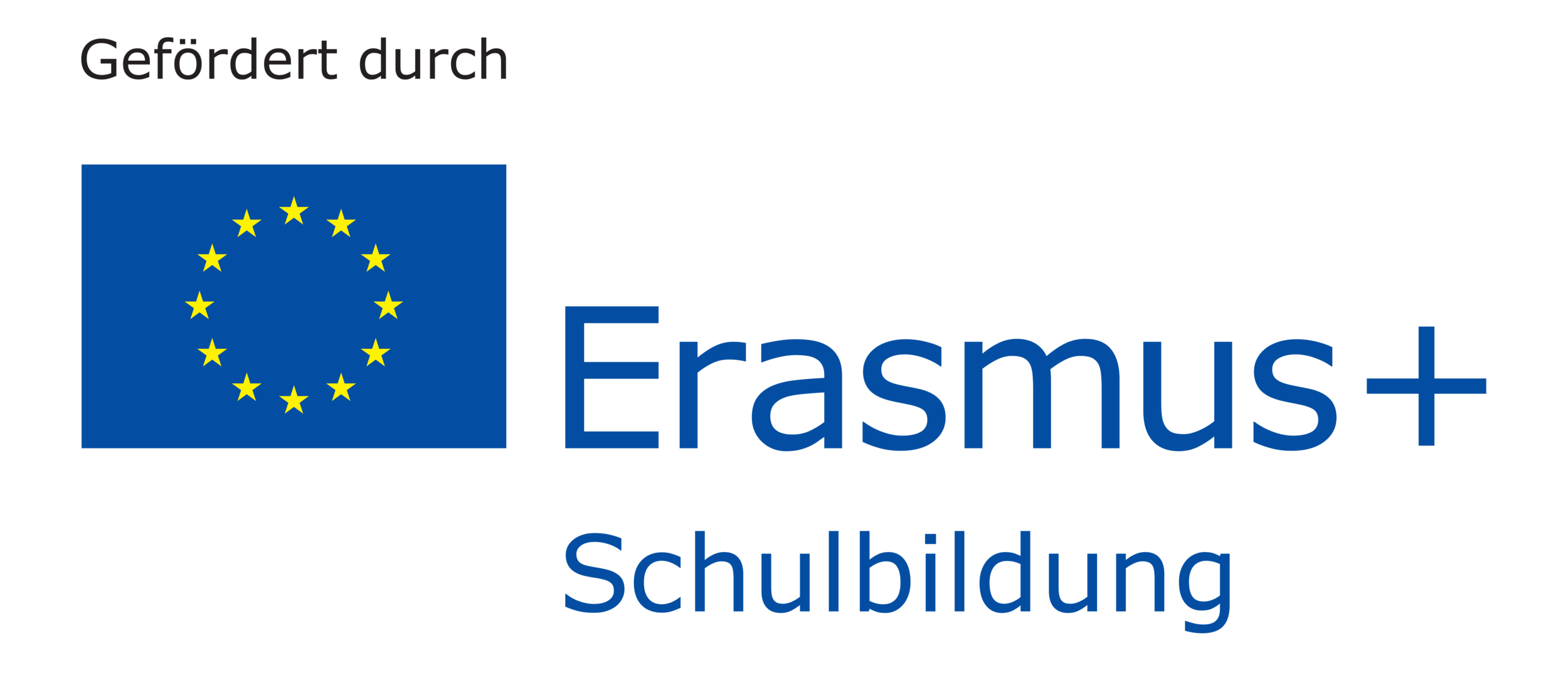Diversity and Cultural Identity
Language and Its Influence On Cultural Identity
Language development in the early years is not an isolated process but ties into the holistic process of your child's development and influences your child's sense of self. The reason for this is that language and communication are one of the main forms of self-expression.
With language acquisition, your child now gains the ability to actively engage in social interaction, verbalise needs, wishes, boundaries, preferences and dislikes. These all form their self-expression, self-confidence, self-awareness, autonomy and independence.
Your child's identity is largely shaped by experiences in their life as well as the verbalised sense of self. The main aspect that comes into play when tal- king about a child's language and identity is belonging. Other aspects of cultural identity include dressing in a certain way and expressing one’s cultural background, views and beliefs. It is vital to allow children to find their own personal story based on their experiences in a multilingual, multicultural setting. It is important that all the significant people in your child's life are supporting them in maintaining a healthy connection with themselves.
Children with a strong sense of identity will become adults who have lear- ned to trust themselves. Especially during the time of settling into a new environment, your child will be confronted with unfamiliar situations and unfamiliar people. This can be a testing time for a child and their sense of self. By supporting your child, openly communicating about their experiences and having a positive mind- set towards settling in your child into a diverse institution, you can contribute to the settling in experience for your child and other children.
